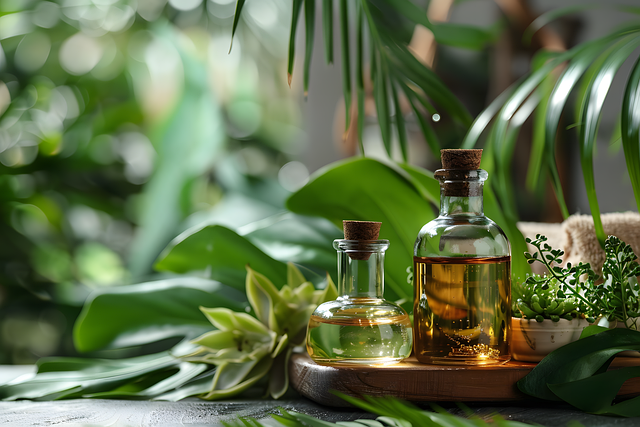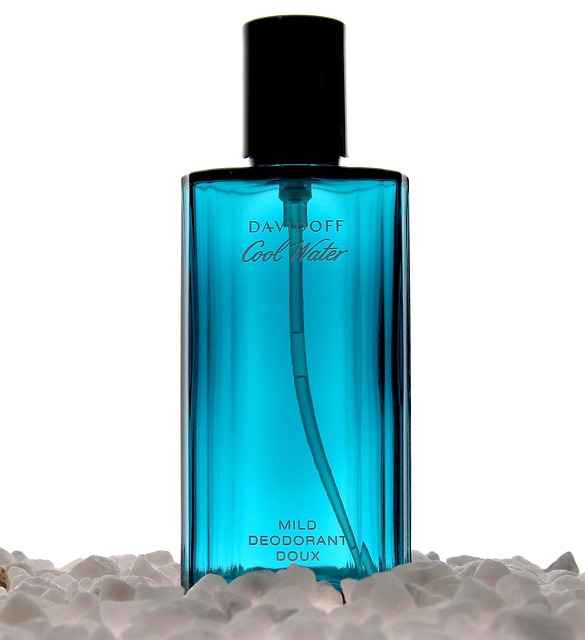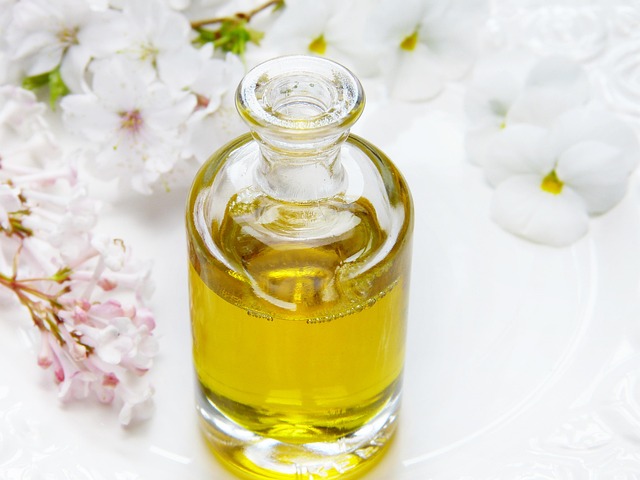Consumers increasingly seek natural Giorgio Armani Perfume over synthetic alternatives, valuing essential oils' therapeutic benefits and botanical complexity. While natural fragrances offer immersive experiences and diversity in scent, they may have shorter shelf lives. The perfume industry blends natural and synthetic elements, like Giorgio Armani's iconic scent, enhancing longevity with synthetic compounds while incorporating rare essential oils. This balance caters to varied tastes, sustainability, and affordability.
Is your fragrance a natural essence or a synthetic concoction? In today’s market, understanding the ingredients in perfumes is more important than ever. This article delves into the world of essential oils versus synthetic ingredients, shedding light on their differences and applications. We examine the composition of iconic fragrances like Giorgio Armani Perfume to understand the industry’s trends. Additionally, we explore the benefits, considerations, and decisions involved in choosing natural or synthetic scents for personal use.
- Understanding Essential Oils vs Synthetic Ingredients
- Giorgio Armani Perfume: A Closer Look at Its Composition
- Benefits and Considerations of Natural Fragrances
- Exploring Synthetic Ingredients in Perfumery
- Deciding Between Essential Oils and Synthetics for Personal Use
Understanding Essential Oils vs Synthetic Ingredients

When it comes to fragrances, understanding the difference between essential oils and synthetic ingredients is key. Essential oils are natural compounds extracted from plants, offering a wide range of aromatic benefits. They are often sought after for their therapeutic properties and unique ability to capture the essence of specific floral or botanical sources. In the world of perfumery, brands like Giorgio Armani have long embraced the power of essential oils in their creations, such as the renowned Giorgio Armani Perfume, known for its intricate blend of natural notes.
On the other hand, synthetic ingredients are man-made chemical compounds designed to mimic the scent of natural fragrances. While they may share similar aromas, synthetics lack the therapeutic benefits and complexity found in essential oils. For instance, the popular Giorgio Armani Cologne relies on a combination of these synthetic components to create its distinctive fragrance. However, with increasing consumer awareness about ingredient quality, many are opting for products that prioritize natural essential oils over synthetic alternatives.
Giorgio Armani Perfume: A Closer Look at Its Composition

The iconic Giorgio Armani Perfume, often recognized as one of the most sought-after fragrances in the industry, has captivated noses and hearts alike since its launch. This timeless scent is a masterpiece crafted with precision, blending notes that evoke luxury and sophistication. At the heart of its composition lies a delicate balance of essential oils and synthetic ingredients, each contributing to the overall allure of the perfume.
While essential oils are celebrated for their natural origins and therapeutic properties, Giorgio Armani Perfume leans on synthetic compounds to achieve its unique and lasting aroma. This blend allows for greater control over scent intensity and longevity. The top notes, which initially greet the wearer, often include vibrant citrus extracts like bergamot, while heart notes reveal floral essences such as jasmine and rose. Basenotes, providing depth and warmth, might incorporate creamy vanillin and rich cedarwood, creating a scent that transcends mere fragrance—it becomes an experience. Whether considered a Giorgio Armani Cologne or Perfume, the final product is a testament to the brand’s commitment to excellence, offering a journey through aromas that captivates and lingers.
Benefits and Considerations of Natural Fragrances

Natural fragrances, derived from essential oils, offer a multitude of benefits that appeal to consumers seeking healthier alternatives. These extracts are usually obtained through processes like steam distillation or cold pressing, ensuring purity and potency. Essential oils are renowned for their aromatic properties, providing a sensory experience that can evoke relaxation, uplift mood, and even offer therapeutic effects. For instance, the iconic Giorgio Armani Perfume is celebrated for its sophisticated scent, crafted with rare natural ingredients.
When opting for products like Giorgio Armani Cologne, made with essential oils, consumers can anticipate longer-lasting fragrances as these oils tend to blend and age beautifully over time. They also provide a more diverse range of scents, each reflecting the unique characteristics of the source material. However, it’s essential to consider that natural fragrances may have a shorter shelf life compared to synthetic alternatives due to their inherent volatility.
Exploring Synthetic Ingredients in Perfumery

The world of perfumery has evolved significantly over the years, leading to a complex interplay between natural and synthetic ingredients. One notable example is the iconic Giorgio Armani Perfume range. While some purists advocate for the use of essential oils, many modern fragrances incorporate synthetic compounds to enhance scent profiles and prolong the life of the perfume.
Giorgio Armani Cologne, for instance, often leverages synthetic ingredients to achieve its fresh and invigorating aroma. These synthetics allow for a more consistent and prolonged scent experience, catering to the diverse preferences of consumers. By combining both natural essences and innovative synthetic compounds, perfumers can craft fragrances that are not only captivating but also sustainable and affordable.
Deciding Between Essential Oils and Synthetics for Personal Use

When it comes to personal care products, choosing between essential oils and synthetic ingredients is a decision many consumers grapple with. Both have their unique advantages and considerations, especially when talking about fragrances like Giorgio Armani Perfume or Giorgio Armani Cologne.
Essential oils, derived from natural sources like plants, offer a range of benefits beyond scent. They are often celebrated for their potential therapeutic effects due to the high concentration of volatile compounds. However, they may require more careful consideration as some people can be sensitive to certain oils, and proper dilution is essential for safe use. On the other hand, synthetic ingredients provide consistency and a broader range of scent profiles not always found in their natural counterparts. They are often more cost-effective and stable, ensuring a consistent fragrance experience over time. While they might lack the perceived ‘natural’ allure, synthetics play a significant role in creating iconic fragrances like Giorgio Armani’s signature scents, appealing to diverse consumer preferences.
